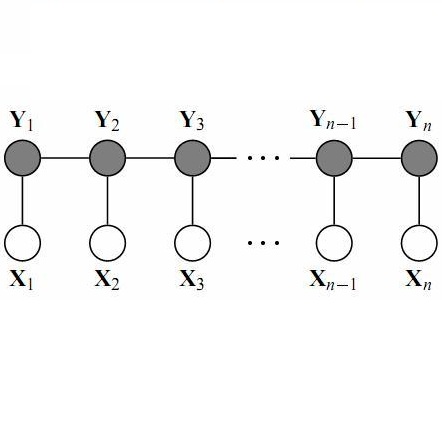Accurate identification and quantification of unruptured intracranial aneurysms (UIAs) is crucial for the risk assessment and treatment of this cerebrovascular disorder. Current 2D manual assessment on 3D magnetic resonance angiography (MRA) is suboptimal and time-consuming. In addition, one major issue in medical image segmentation is the need for large well-annotated data, which can be expensive to obtain. Techniques that mitigate this requirement, such as weakly supervised learning with coarse labels are highly desirable. In the paper, we propose FocalSegNet, a novel 3D focal modulation UNet, to detect an aneurysm and offer an initial, coarse segmentation of it from time-of-flight MRA image patches, which is further refined with a dense conditional random field (CRF) post-processing layer to produce a final segmentation map. We trained and evaluated our model on a public dataset, and in terms of UIA detection, our model showed a low false-positive rate of 0.21 and a high sensitivity of 0.80. For voxel-wise aneurysm segmentation, we achieved a Dice score of 0.68 and a 95% Hausdorff distance of ~0.95 mm, demonstrating its strong performance. We evaluated our algorithms against the state-of-the-art 3D Residual-UNet and Swin-UNETR, and illustrated the superior performance of our proposed FocalSegNet, highlighting the advantages of employing focal modulation for this task.
翻译:暂无翻译




